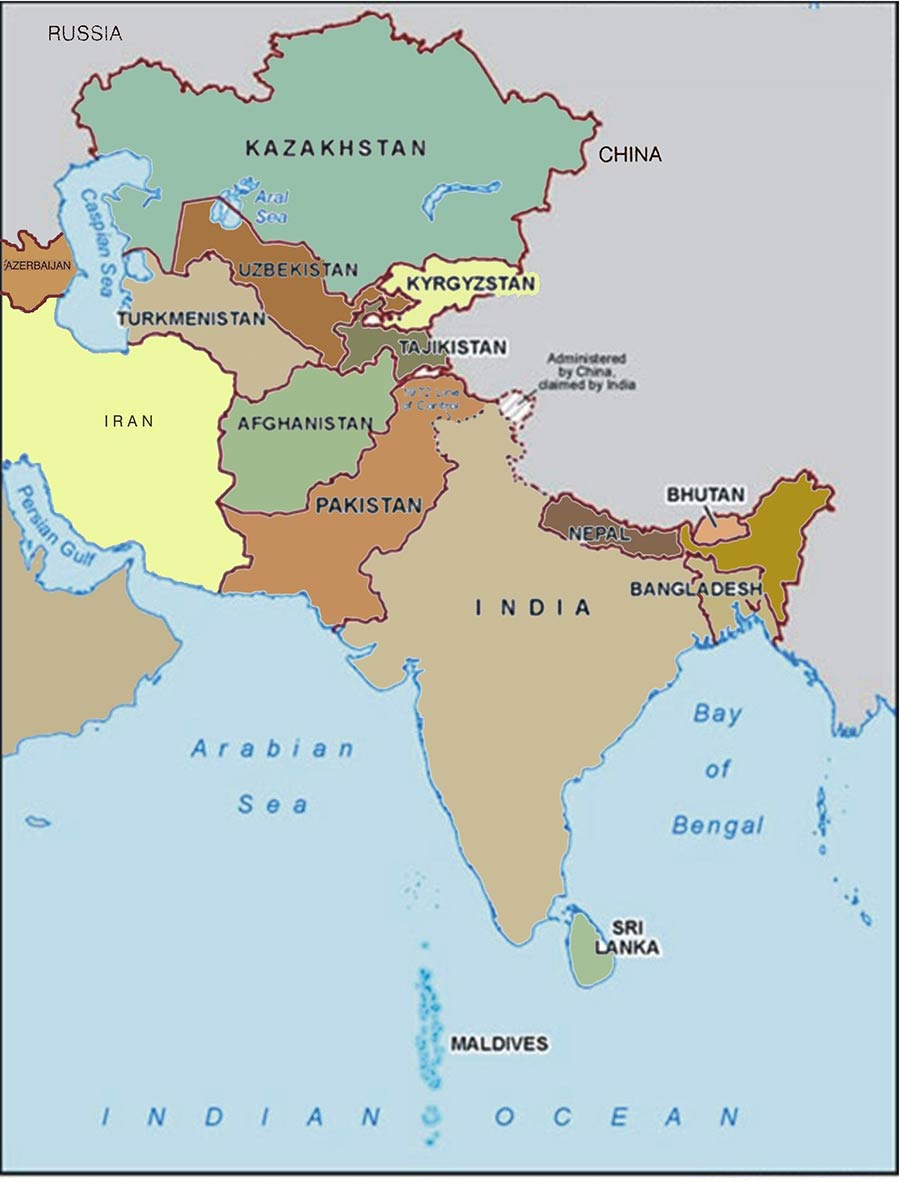Putin & Xi Push the United States Out of Central Asia

- US to withdraw troops from Afghanistan by September 11
- Regional dynamic changes with Russian and Chinese security in charge
- If successful, will bring regional peace and connect Central and South Asia via planned infrastructure development programs
Op/Ed by Chris Devonshire-Ellis
The United States President Joe Biden has finally committed to withdrawing American troops from Afghanistan by September 11 this year, 20 years after first invading the country. This has followed intense diplomatic efforts by both China and Russia to negotiate with countries such as Saudi Arabia, Iran, and Qatar to cease funding the Taliban and ISIL in addition to pushing pressure on Washington to quit by jointly creating tensions over Taiwan and the Ukraine. Beijing has increased the volume of military flights entering Taiwanese airspace and Russia amassed troops along the eastern border of Ukraine while US negotiations concerning Afghanistan have been on-going. The US military have already appeared set to miss their original withdrawal deadline of May 1 – just less than three weeks away.
President Biden spoke with Vladimir Putin yesterday to discuss the issue in Ukraine and Afghanistan. Shortly afterwards, the announcement that the US would depart the latter was issued along with an offer for the two Presidents to meet in a third country, probably Finland. The military pressure being put on Taiwan and Ukraine can subsequently be expected to be scaled down.
The US military withdrawal from Afghanistan, assuming it is carried out, ends a 20-year operational presence by American soldiers in Central Asia. Nearly 2,500 American soldiers have died in the conflict, together with another 1,000 foreign troops including nearly 500 British soldiers. Afghan civilian casualties have consistently numbered over 10,000 per annum since 2013, with about a third of those fatalities.
The financial rise of China, coupled with its willingness to spend huge amounts of money on infrastructure as part of its Belt & Road Initiative, and the significant diplomatic and military strength of Russia have led to a two-pronged diplomatic push to reclaim the Central Asia region from Washington’s influence. Nations with some sympathy for Taliban and ISIL fighters waging war on America have been pressurized into toeing the Beijing-Moscow line under the pretext of inclusive peace and trade as opposed to on-going conflict, a dynamic I explained last week in the article Why the Afghanistan Peace Process is Vital to the Belt & Road Initiative.
With Afghanistan occupying a central position within Central Asia, securing the country is essential to connect the region with South Asia, creating new trade opportunities. That in turn, it is thought, will lead to local wealth creation and the settling down of a region long torn by regional disputes and war.

There are already plans in place. Rehabilitating Afghanistan includes the introduction of a long-proposed Trans-Afghan Railway, which would connect to Uzbekistan’s rail network to the north, itself interconnected with other Central Asian states such as Tajikistan, Kazakhstan and onto Russia and Western China. The proposed route would cross Afghanistan north to south and traverse Pakistan along the CPEC rail routes to the main Ports at Gwadar and Karachi. That plan was signed off by the Afghan, Uzbek, and Pakistan Governments earlier this year – yet peace and security are vital to seeing it completed. There are additional plans to link that with the International North-South Transport Corridor, with a spur from the Iranian mainline section heading east into Afghanistan and connecting with the Trans-Afghan line.
The question over maintaining regional security remains. However, with China’s financial muscle and trade power apparently sealing off covert funding from anti-American forces in the Middle East, and Russia in possession of a significant and regionally experienced military, Beijing and Moscow apparently feel they are up to the task. It remains unknown how far China wishes to engage within the region as concerns PLA operations.
With a joint China-Russia effort apparently set to secure and develop the region, the current high level of security seen in China’s Xinjiang Province also has a chance of being gradually reduced. China has a population of about 13 million Uyghurs (Sunni Muslims) being a similar sect as most of the Islamic insurgents operating in Afghanistan. A major influence on the decision to lock down many Uyghurs in Xinjiang has been to prevent their being subverted, with the prospect of an unmanaged US troop withdrawal potentially resulting in large numbers of Muslim insurgents entering Xinjiang – a nightmare scenario for Beijing. China will now have, from September 11, a first-hand viewpoint on exactly how the situation in Afghanistan is playing out and will be better able to prepare and protect its own territory and citizens. Much however remains to be done to oversee the US withdrawal and impose Russian-Chinese security while Afghanistan can be rehabilitated.
Both Presidents Putin and Xi are following the concept of the “Greater Eurasian Partnership” in which a united Eurasian continent fulfills its potential with Beijing, Moscow, Delhi and Brussels all holding stakes. Tomorrow I will discuss as part of this concept, exactly how Russia and China plan to link Central Asia with South Asia and the infrastructure plans being put in place.
Related Reading
- Uzbekistan Re-Energizing as Central Asia’s Traditional Hub for the Silk Belt and Road
- Gwadar Port Processes First Transit Goods For Afghanistan Markets
About Us
Silk Road Briefing is written by Dezan Shira & Associates. The firm has 28 offices throughout Asia, and assists foreign investors into the region. For strategic advisory and business intelligence issues please contact the firm at silkroad@dezshira.com or visit www.dezshira.com





